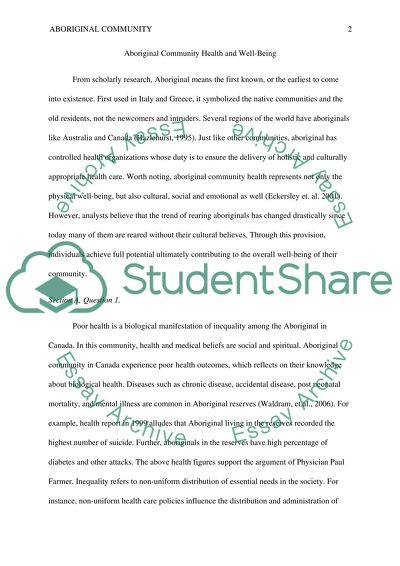Cite this document
(“Aboriginal Community Health and Well-Being Essay”, n.d.)
Retrieved from https://studentshare.org/anthropology/1393906-aboriginal-community-health-and-well-being
Retrieved from https://studentshare.org/anthropology/1393906-aboriginal-community-health-and-well-being
(Aboriginal Community Health and Well-Being Essay)
https://studentshare.org/anthropology/1393906-aboriginal-community-health-and-well-being.
https://studentshare.org/anthropology/1393906-aboriginal-community-health-and-well-being.
“Aboriginal Community Health and Well-Being Essay”, n.d. https://studentshare.org/anthropology/1393906-aboriginal-community-health-and-well-being.


